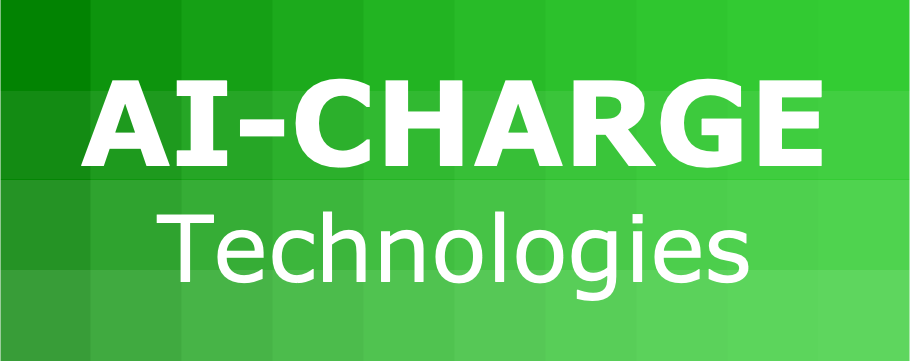Challenge
EV Mobility with PV and Bidirectional EV Charging
| Segment | Main Challenges |
|---|---|
| 🏠 Residential Users | – High upfront investment for PV, smart chargers, and bidirectional EV capability – Complexity in managing energy flows, tariffs, and charging schedules – Balancing vehicle availability with energy export needs (V2H/V2G) – Regulatory limitations and unclear compensation for energy fed back to the grid |
| 🏢 Commercial & Industrial Operators | – Ensuring fleet vehicles remain operational while participating in energy services – Significant infrastructure costs for PV, chargers, and storage – Complex energy management for large fleets to optimize solar use and minimize grid costs – Market uncertainty for V2G participation and financial returns |
| 🚛 Mobility Service Providers / Fleet Operators | – Maximizing vehicle availability while providing energy flexibility – Integration of multiple vehicle types and charging points into a unified energy strategy – Operational and scheduling complexity across multiple locations |
| 🏭 Energy Utilities & Aggregators | – Coordinating large numbers of distributed EVs for grid stability and demand response – Technical standardization across different EVs and charging systems – Ensuring participation is attractive and beneficial to all involved parties |
